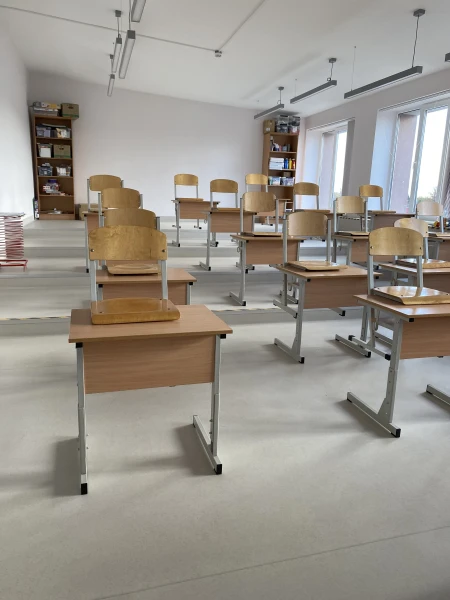
Alarm signals from Olainem have been coming to our editorial office for a long time.
Rumors began to circulate that the college, one of the oldest in Latvia, was set to be liquidated, downgraded to the status of a faculty of RTU (under which it currently operates), and then there was information that someone had set their sights on the college's dormitory buildings and was eager to 'privatize' them and convert them into apartments for sale. Another piece of news was that in the 2025/2026 academic year, students from grades 1-3 of the 1st Olainem Primary School would be moved to the college (due to renovations). It seems absurd.
What Was That?!
Placing two completely unrelated educational institutions in one building, especially since one of these institutions is intended for young children who require specific infrastructure and adherence to certain safety measures, is at the very least a strange decision. Moreover, according to local residents, there is a building of the 2nd Olainem Primary School (Olaines pamatskola), which is much more suitable for organizing the educational process for young children...
To clarify the situation, we contacted the Olainem municipality, asking them to answer the following questions:
-
Was a decision indeed made to move the primary school into the college building, and if so, why there?
-
Was this agreed upon with the administration and teaching staff of the college?
-
Was the question of how this would affect the educational process in both the college and the primary school studied in advance?
-
What safety measures were taken to ensure the safety of the children, given that their classes are held on the 4th floor of the building?
The response from the Olainem council was succinct (quote, here and below translated by the author): "(...) On April 30, 2025, the Olainem municipal council made the decision 'On concluding an agreement (Memorandum of Understanding) on cooperation' (protocol No. 5, item 30).
According to the aforementioned decision, in the 2025/2026 academic year, classes for students of the Olainem Primary School (grades 1–3) of the 1st Olainem Secondary School will be held in the building of the Olainem Technological College of RTU (...)
The educational process will be organized in accordance with the criteria for providing education established in the state."
Although there were no substantive answers to the questions posed, the promise contained in the last sentence to adhere to the criteria for organizing the educational process somehow provided some reassurance. Nevertheless, as soon as an opportunity arose, I decided to visit the Olainem Technological College and see how students and little ones coexist there in parallel.
'Investments' in the Future?
The opportunity arose during the autumn break, which was good – I could see everything without disturbing anyone. The role of the guide was taken on at my request by college lecturer, associate professor Tatiana Reznik. She does not hide the fact that to ensure the educational process in the college, where about 200 people study today, there is definitely a lack of space this academic year:
– In June, a meeting of staff and parents of students was held at the college. The RTU vice-rector Elina Gaile-Sarkane was present. When asked whether our premises would be used by the municipal council, she replied unequivocally: 'No!'. But by the end of July, we learned about some memorandum of understanding (nodomu protokols) between RTU and the municipality, according to which the entire 4th floor of the building (7 classrooms), as well as the library, a student recreation room, and two restrooms of the college are being transferred free of charge for the use of the 1st Olainem Primary School. You can judge for yourself what this has led to...
I start with 'Classroom No. 408', also known as '3.f class'. At first glance, it looks like an ordinary school classroom. But it’s not that simple...
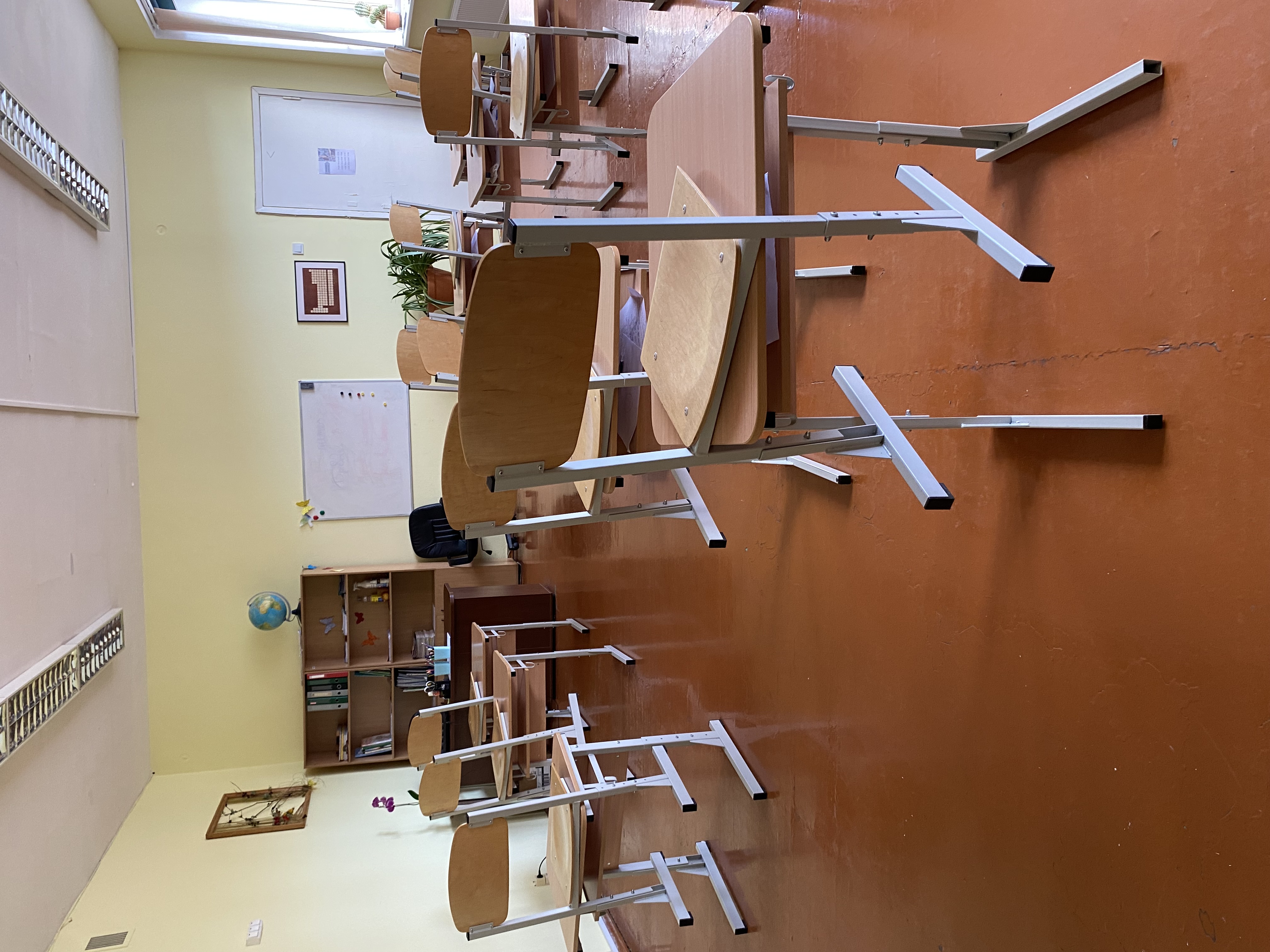
There used to be a reading room here
The college librarian Iveta Richter comes out to meet me. She explains that until recently there was a reading room here with several computers. Students could come here to study, read, or just relax. Now that opportunity is gone:
– We somehow squeezed two computers into the library itself, but it’s a tiny room, about 90% filled with bookshelves, and if there are 4-5 people there at the same time, it’s already hard to move around. The second problem is that the room is a thoroughfare. So, if a student or a lecturer needs to go to the library, they either have to wait for the children’s classes to finish or pass through and disturb the educational process, as the children will inevitably be distracted from the teacher’s explanation by a stranger passing through during the lesson. In theory, you can also access the library through the assembly hall and archives, but classes and events are constantly held in the hall, and according to the rules, outsiders are generally prohibited from entering the archives.
On the wall of the library is a silver plaque – evidence that the reading room and the library itself were renovated and modernized some time ago with the help of ERAF funds. The phrase (translation) stands out: "Investment in your future." Well, the 'investment' is being used well, to say the least...
Let’s move on for new impressions. Here’s a classroom, with two signs on the door reading "Room 406" and "2.d class". Before the little ones moved in here, this room was intended for seminars and presentations by invited lecturers, industry specialists, etc. The layout is even special – in the form of an amphitheater. Now it’s a classroom for little ones, but where to hold seminars and lectures? There’s no answer. Here’s the former staff room, now a children’s cafeteria. The smell is appropriate, and the visible cleaning supplies do not add to the aesthetics.
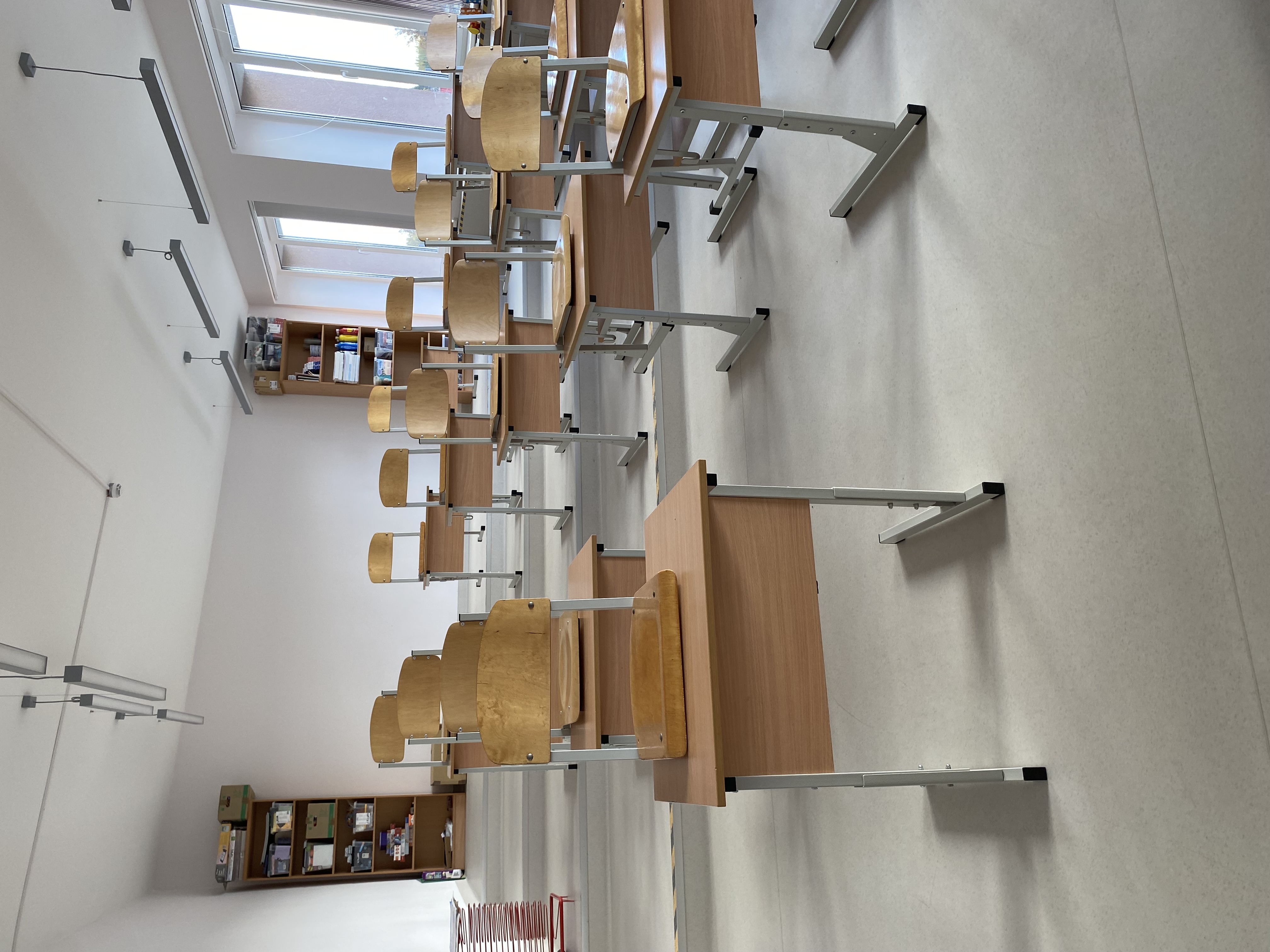
There used to be a lecture hall for students.
Tatiana Reznik:
– Once, our students could sit here, heat up and eat breakfast or lunch brought from home or bought. But now, when the times of students and little ones coincide, the priority is naturally with the school. And no one cares about the conditions in which our students should eat – even if it’s in the corridors in the corners, laying out food on the windowsills...
The dictaphone and camera carefully document the consequences of turning the college building into a 'communal apartment'. The school has occupied two restrooms on the 3rd and 4th floors – the remaining ones are clearly insufficient, and sometimes during breaks, students even line up. The bells for breaks at the school and college sound at different times, and this also adds its share of chaos to the educational process...
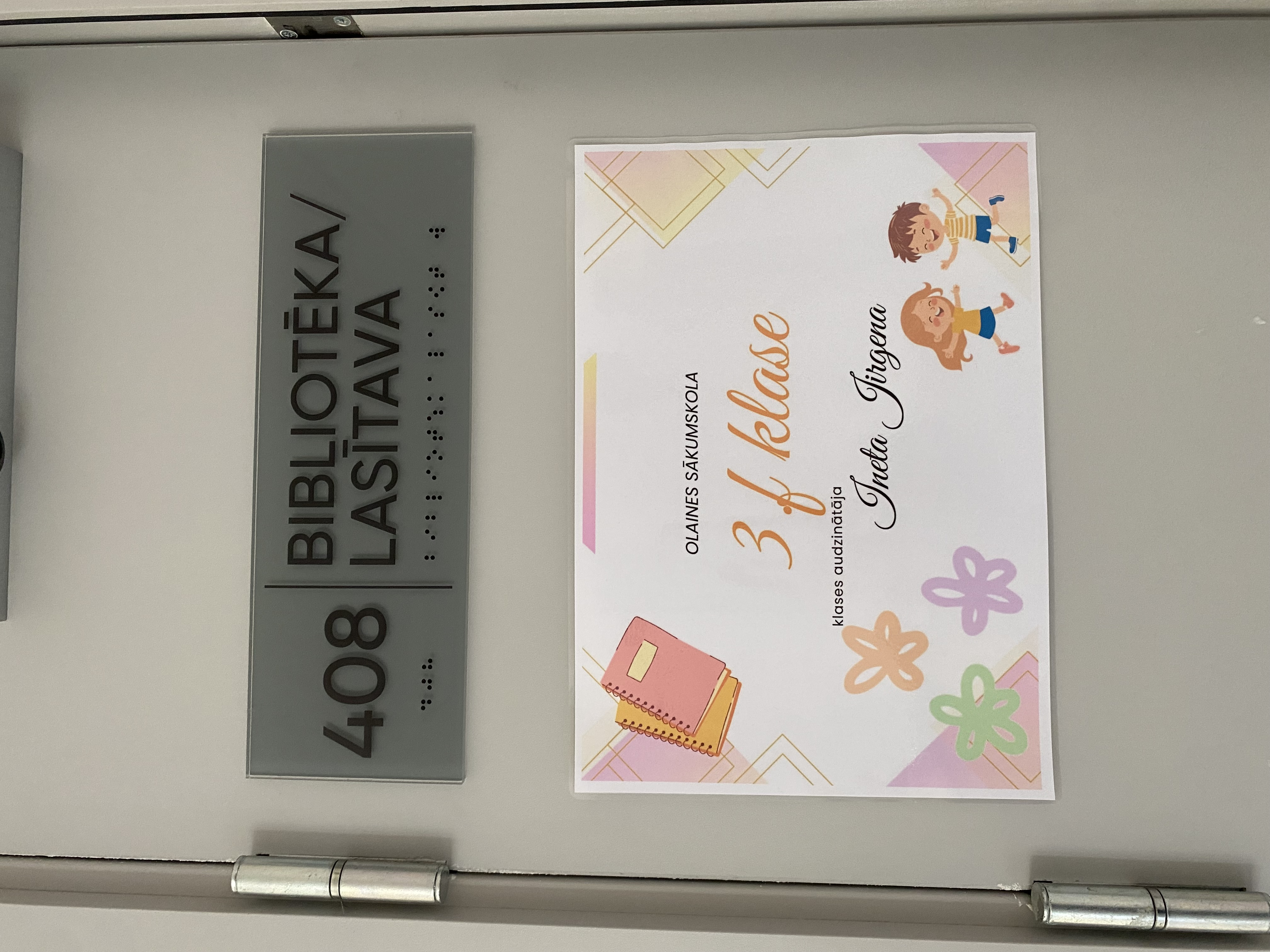
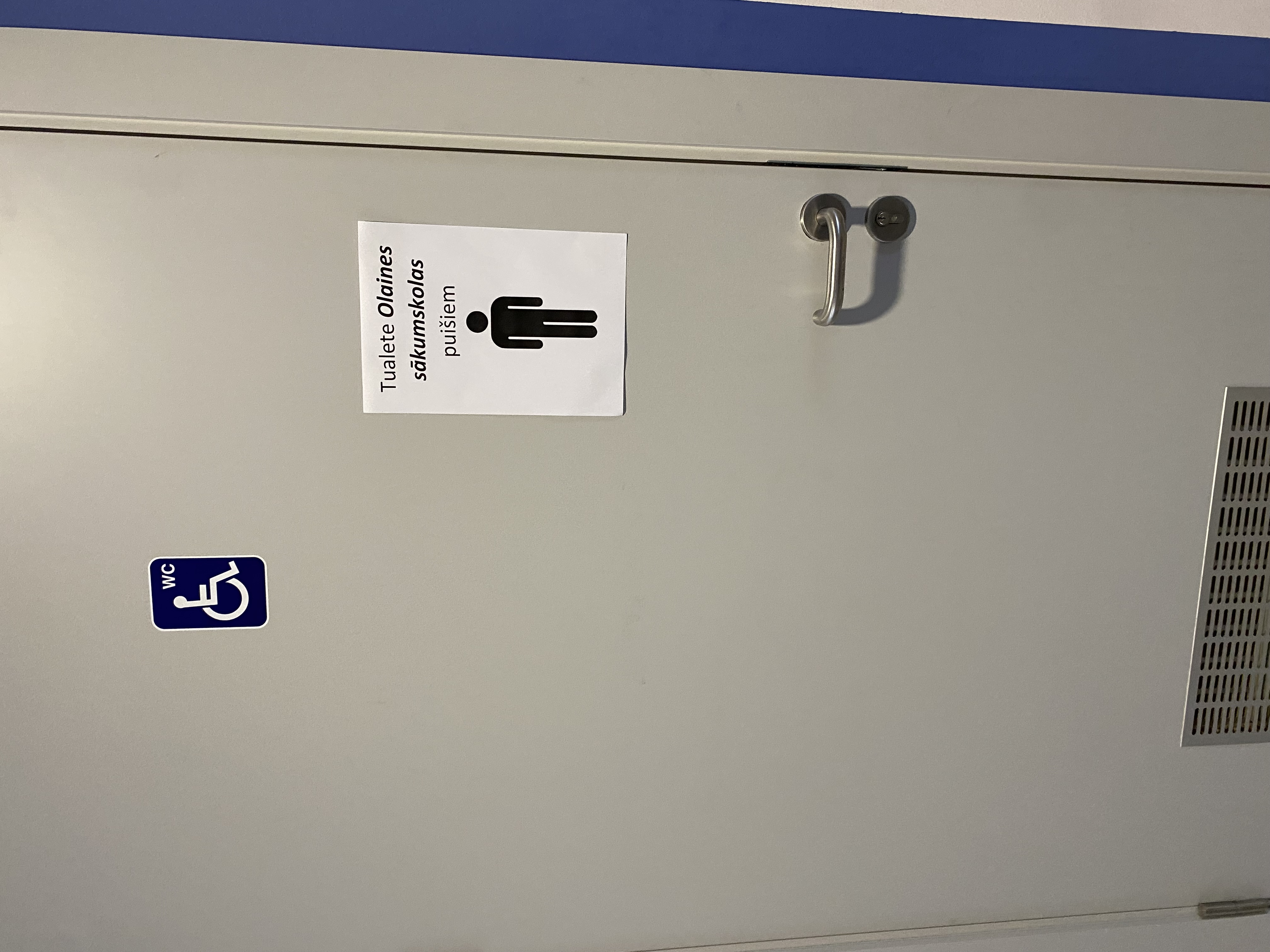
I am particularly struck by the fact that the little ones, for whose needs (I remind you) the entire 4th floor and part of the 3rd have been allocated, access their classrooms via the so-called 'emergency staircase'. But an emergency staircase is meant to serve precisely in case of extreme situations. And if, God forbid, something truly extreme arises, especially considering the college's 'chemical' specialization? An unpleasant thought...
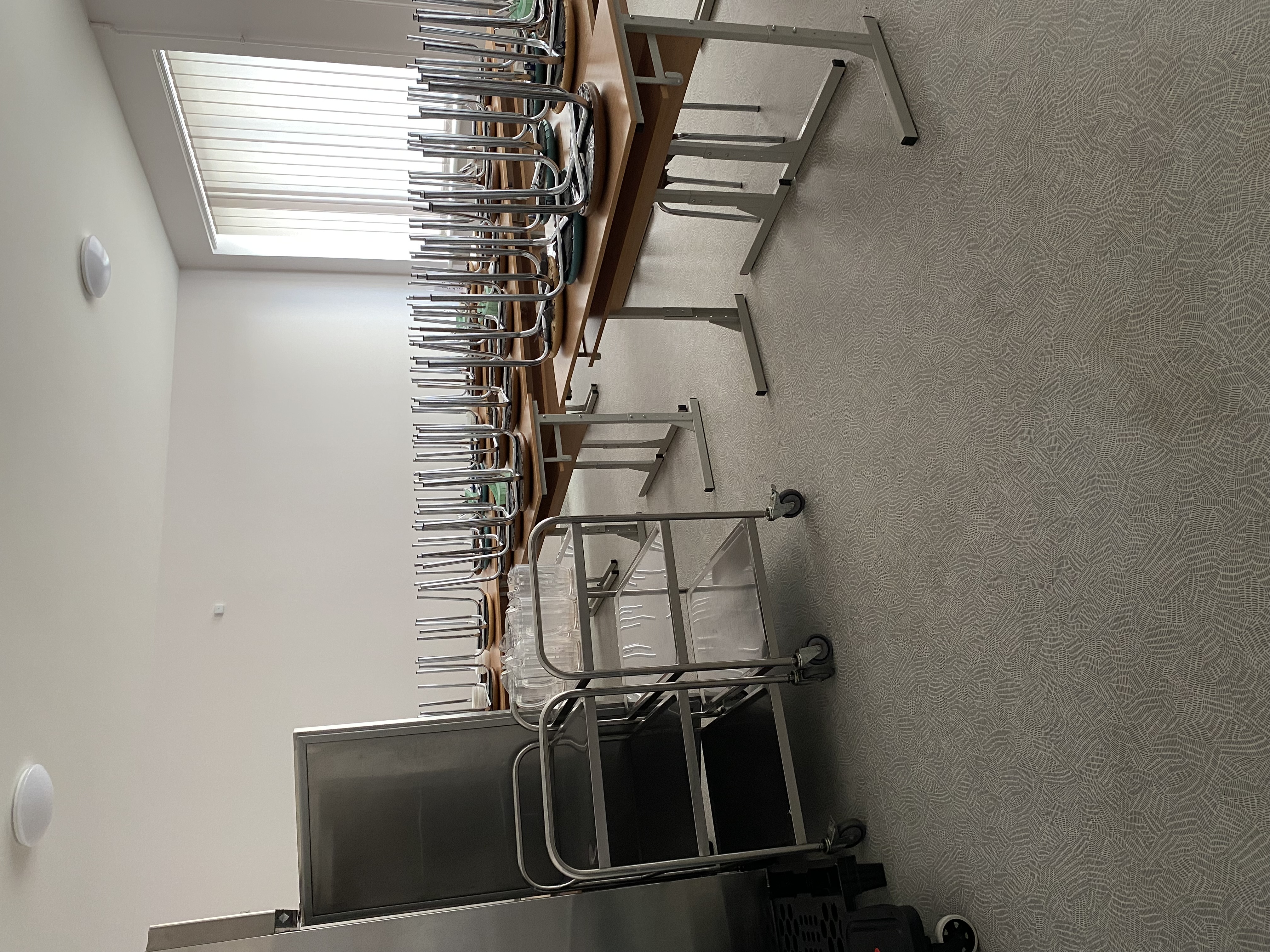
Students could have breakfast and lunch here.
'Can We Endure for a Year?'
Unlike colleagues who are outraged and categorically disagree with such a radical deterioration of working conditions for both the college and the school, the acting director of the college Ugis Rusmanis responds calmly and even with a hint of resignation to fate:
– There is a reorganization plan for the college, which provides for the complete liquidation of the college as a separate educational institution. And in the summer, a request came from the municipality – to rent premises for the needs of the primary school; at a meeting attended by representatives of the municipality, RTU, and the college, such a decision was made. We consulted, there were no violations of the law, and we received the 'green light'.
– But did those who gave the 'green light' actually see how this looks in real life? Or was everything assessed 'on paper'? It is obvious to the naked eye that there are inconveniences that directly or indirectly affect the educational process?
– Representatives of the municipality came and inspected the premises that we could provide them. Yes, of course, our students could use the spaces currently occupied by the school. But what can we do? We somehow coexist. This is only for one academic year.
– But even if it’s for one year – is that a reason to create such discomfort for teachers and students?
– This was the initiative of the municipality.
In Conclusion
Before leaving, I am given the opportunity to review an interesting document – a decision from the Senate of RTU dated April 23, 2025.
Attention is drawn to item 2.3 (quote) which clearly stipulates an important condition from the administration of RTU: the rental of college premises by the Olainem municipal council for the needs of the primary school is possible (quote, translation) 'without interfering with the activities of the Olainem college'. How this all actually plays out – see above.
We urge the administration of RTU and other interested parties to detach themselves from paperwork and send their representatives to see the conditions under which both students and little ones are currently studying, hear the opinions of teachers and students, and assess how appropriate it is to call the education received in such conditions an 'investment in the future'.

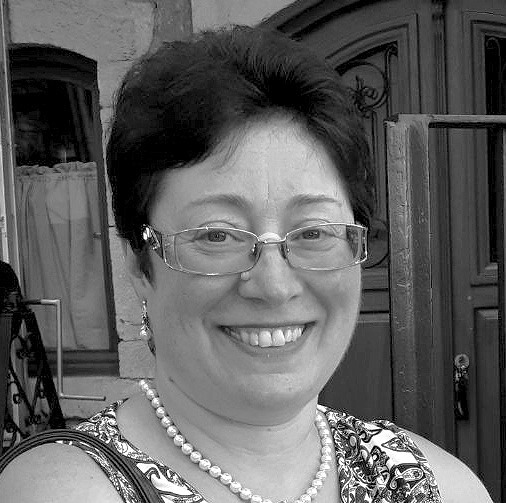
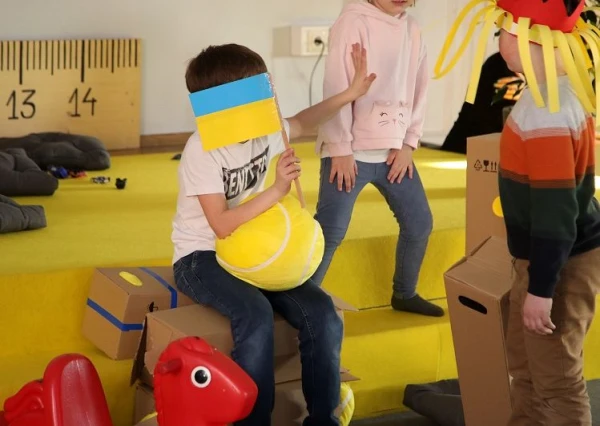


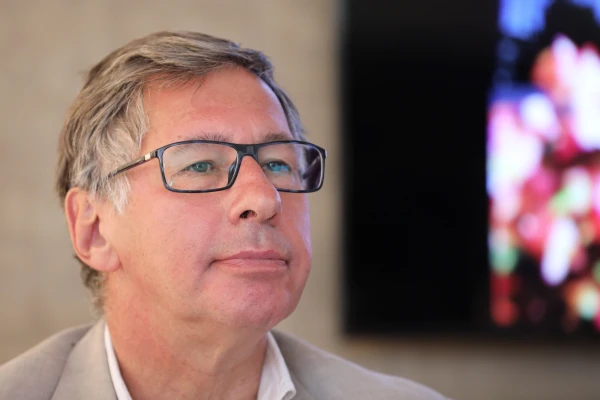

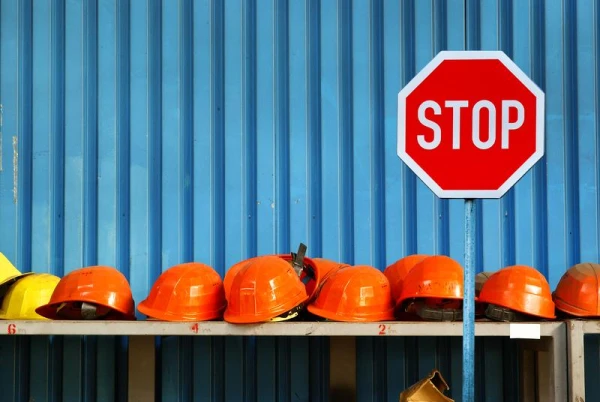







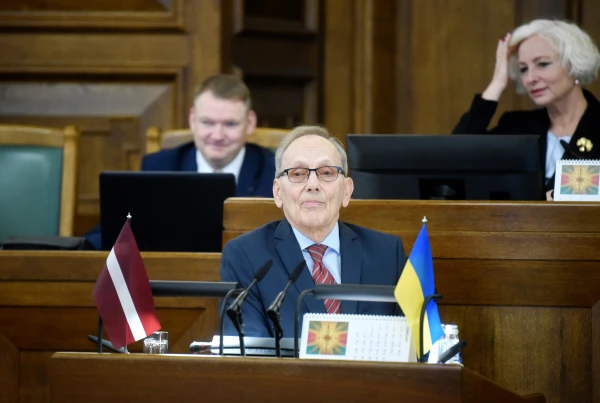
Leave a comment